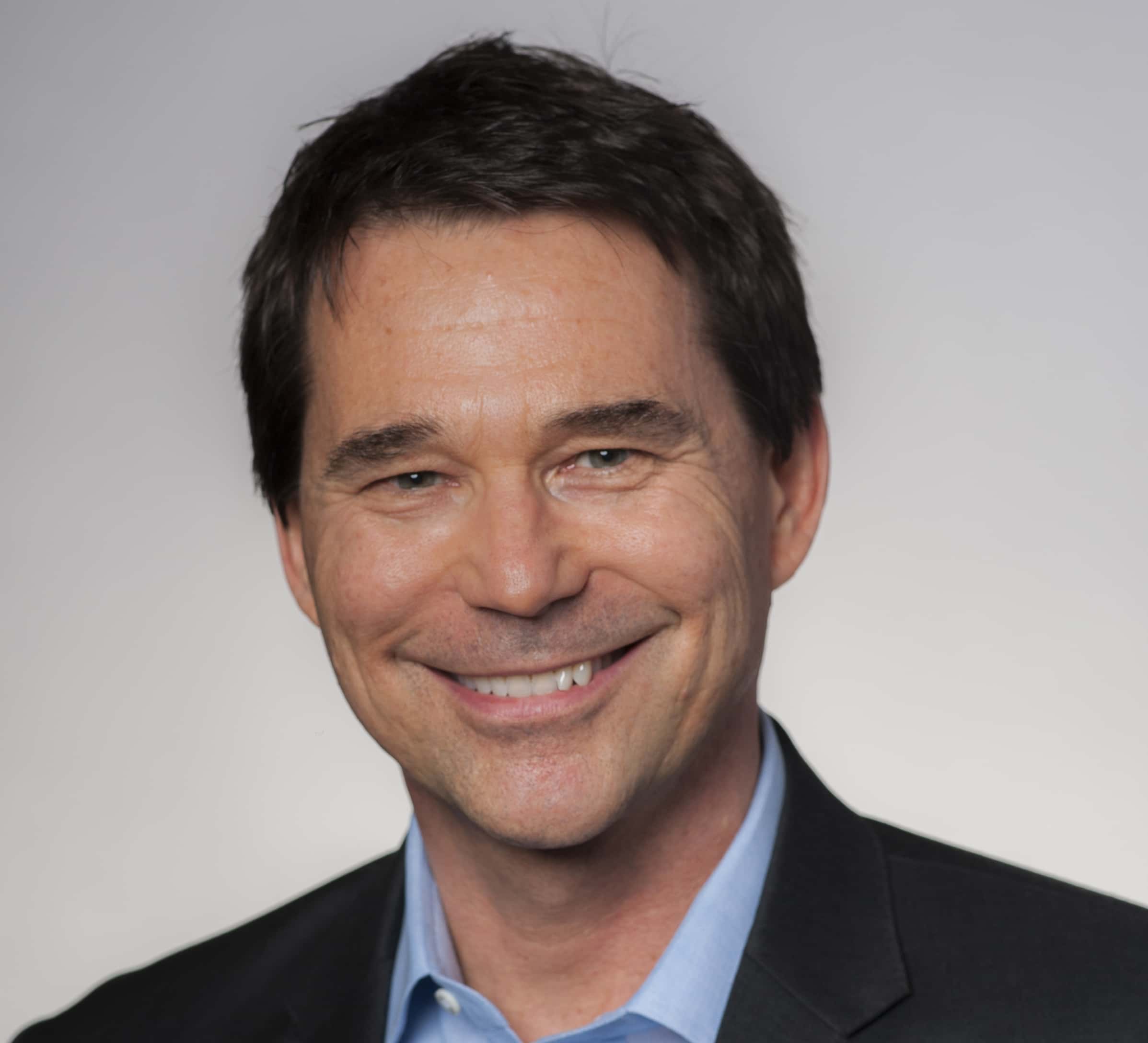Bjarne Tellmann is senior vice president and general counsel at GSK Consumer Healthcare, a joint venture that combines the consumer brands of GSK and Pfizer. He speaks to Global Finance about the intersectionality of his work.

Global Finance: In your last job, as chief legal officer at Pearson, you cut fixed legal costs by more than 40%. How?
Bjarne Tellmann: The first variable is taking a careful look at your internal-to-external spend ratio. Benchmarking across a large number of companies, I found external spend should be about 40% of the total, somewhat higher in a highly regulated environment.
The next step is thinking about who your external partners are, matching the right firm to the right work. Most companies just assign this work on the basis of longstanding relationships. Then there are the beginnings of a digital transformation in law. This involves process optimization, technology overlay and ultimately some outsourcing. GCs today have to recognize that they run a business that happens to provide legal services and operate their departments accordingly.
GF: What about this digital transformation? How is technology changing the legal profession?
Tellmann: Too many people think about tech without thinking about the problem they’re trying to solve. The right way to go is to say, I have a bottleneck over here and need to redesign my process. Then tech can help me with the redesigned solution.
Fortunately, a whole ecosystem of new service providers is springing up: automation tools, knowledge management tools. The Big Four are all on this, as well as independent providers. It’s putting information at your fingertips so you know how long any piece of work should take and how much it should cost.
Contract management systems are morphing to where you can quickly access something that used to take four days. Then they will move on to M&A and litigation. There’s a lot of low-hanging fruit in most corporate legal departments, from what I’ve seen.
GF: So, will there be fewer lawyers making less money?
Tellmann: People who do super-complex work, senior M&A or litigation partners, will still be in demand. I think tech will be value-additive to what they do. At the other end of the spectrum, anything that can be turned into a process is going to be replaced and automated. The issue is, everyone thinks they’re in the first bucket, but the second bucket is getting bigger.
At the same time, alternative legal services are a massive growth area, but not only for lawyers. Tech people, staffing specialists and others are working in this field.
GF: Does the pace of change vary by geography?
Tellmann: I’ve worked in Europe, Asia, the US and the UK. The UK are furthest along; they are even further than the US in terms of law firms understanding technology change. A lot of firms think their goal now is to get more specialized and they all think they are elite, Savile Row-style boutiques. But I think a mass-market player like H&M is ultimately more profitable and disruptive than a Savile Row tailor.
Generally speaking, a lot of firms in Europe and Asia don’t understand the risk they’re running by lagging behind the pace of change.
GF: Is it the end of the billable hour?
Tellmann: It is still a point of reference for estimating the value of a given piece of work. But it’s increasingly going to fade out. As a provider, you can make a lot more money if you charge for the value of the output rather than the cost of the input. With output, the sky’s the limit, provided the value is there. If I charge on how many contracts I provide, for instance, I have incentive to drive the cost of each contract down toward zero. I don’t have that if I’m just charging for my time.
GF: Do in-house law departments and external firms attract different kinds of lawyers?
Tellmann: Yes, though the spectrum is pretty wide. Lawyers who thrive in firms tend to be experts—litigators or tech specialists—who interact mostly with other lawyers. In a corporate counsel’s office, you have to love the business you’re in and want to contribute to a broader range of issues.



